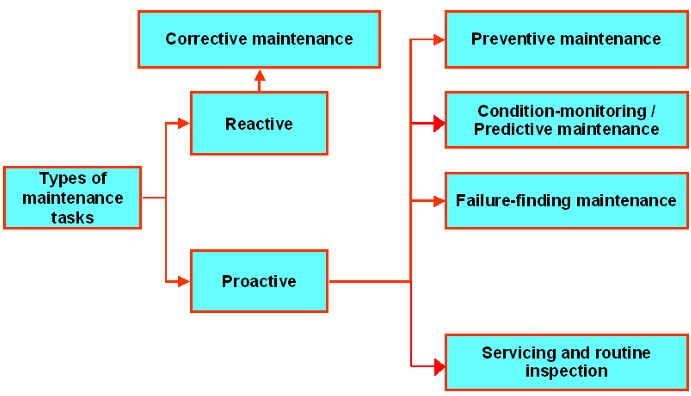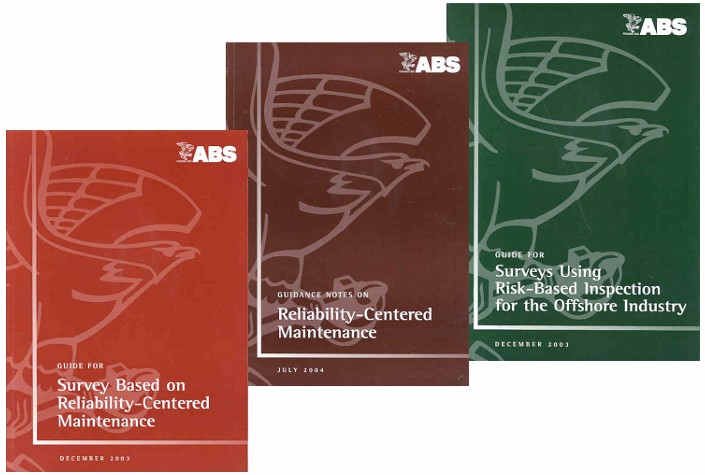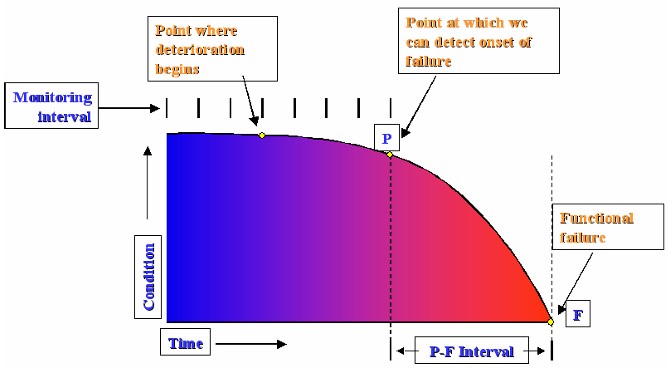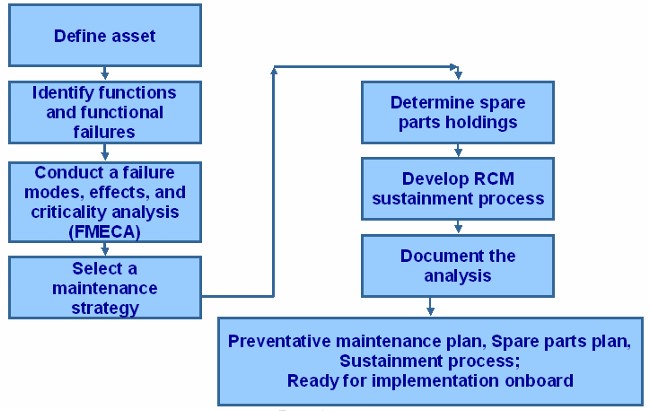RCM Maintenance is a systematic approach to identifying and mitigating potential equipment failures before they lead to costly downtime. By employing RCM Maintenance Surveys and Reliability Assessment Studies, organizations can gather critical data to tailor their maintenance strategies. Over time, RCM Maintenance has proven instrumental in boosting operational stability and prolonging asset lifespans across various industries.
In today’s industrial landscape, an effective RCM Maintenance framework not only reduces unnecessary interventions but also enhances safety and compliance. Companies that adopt RCM Maintenance can leverage performance analytics and predictive tools to optimize their resources. Proactive RCM Maintenance strategies empower teams to make data-driven decisions and maintain peak operational efficiency. Ultimately, RCM Maintenance paves the way for long-term reliability and cost-effective asset management.
Maintenance Philosophies
To date, owners haved not recognized the value as potential savings and increased safety of this new approach. In that the approach in question is most suitably applicable to high value, sophisticated vessels, Advanced ABS Engineering Analysis for LNGCLNGC’s may well be the genesis, which proves the feasibiloity and validity of this new approach.
History of Reliability Centered Maintenance Approach
The reliabilty centered maintenance approach was first developed by airline industry in 1960’s. It is based on the following hypothesys:
- age and failure are not necessarily correlated;
- time-based overhaul does not consistently improve reliability.
This new maintenance philosophyis is aimed to improve reliability rather than just follow prescriptive measured based on time based maintenance as empirical data.
Measured successes with Boeing’s 747s and others in improving reliability, safety and economy lead marine based firms to reason that this system may also suitable for high value ships.
The flow chart of Figure 1, shows the various maintenance schemes that may be applied:

A) CORRECTIVE MAINTENANCE (REACTIVE)
The practice of corrective maintenance is:
“Run it till it breaks”,
then change the failed component/equipment. Some recent studies show that >55 % of maintenance activities are still reactive.
Advantages of reactive maintenance are:
- fewer specialized staff required;
- no initial cost and limited periodical expenses.
Disadvantages are:
- increased costs on the medium and long term due to unplanned downtime and equipment replacement cost;
- increased labor costs for longer repair time;
- possible secondary equipment damages as consequence of an initial damage;
- risk of catastrophic failure of a whole system (or more systems due to an uncontrolled growth of the failure effects);
- inefficient use of maintenance labor.
B) PREVENTIVE MAINTENANCE
There are an infinite number of preventive maintenance systems, depending a great number of factors. A general indication of three maintanenance systems, that in order of effectiveness are: servicing and routine inspections, failure finding maintenance and condition monitoring/predective maintenance. It is interesting to note that the first system corresponds to the traditonal survey after construction scheme adopted by all the Classification Societies for over 150 years, while the third system would correspond to the survey schemes based on preventive mainenance recently adopted by several Classification Societies as an alternative to the traditional schemes.
These systems are mainly based on the schedule or machine-run time with the purpose of minimizing the component degradation and, so doing, of extending the equipment useful life.
Advantage of preventive maintenance are:
- cost-effectiveness for many expensive equipment;
- increase equipment life cycle;
- reduced equipment failure rate;
- at least 12-18 % cost saving over reactive program over life of the vessel.
Disadvantages are:
- potential incidental damage without eliminating the risk of catastrophic failure;
- labor intensive;
- may perform unnecessary tasks.
C) PREDICTIVE MAINTENANCE
It is based on the concept of detecting the onset of equipment degradation and addressing the problems before they can become failure occurs.
Advantages of predictive maintenance are:
- increased equipment availability;
- allows for preemptive corrective actions;
- decreases equipment downtime;
- reduce slabor and parts costs;
- estimated 8-12 % cost saving over preventive maintenance on Global Shipbuilding — 2024 Results and 2025 Trendsthe ship life.
Disadvantages are:
- increased initial investemnt in analysis and diagnostic equipment;
- increased cost of staff training;
- savings not readly seen by management.
The ABS Approach
Presentation on ABS Advanced AnalysisABS has recently published Guides and Guidance Notes addressing predictive maintenance approach.
These Guides are:
- Guide for Survey based on Reliability Centered Maintenance.
- Guidance Notes on Reliability Centered Maintenance.
- Guide for Surveys using Risk-based Inspection for the Offshore Industry.
See Figure 2.

The Principles of the Predictive Maintenance
Figure 3 shows a typical P-F diagram, P being the point in time where the onset of failure can be detected and point F the in the time where the failure is likely to occur.

From the diagram, it is shown that monitoring prior to point “P” provides no usefull indication of when a failure is likely to occur. Monitoring after point “P“, but before point “F” provides tangible information of incoming equipment failure.
Based on this concept, if it is possible to plot a P-F diagram for a piece of equipment, its overhaul and survey may be otimized around the point P.
Another main point in using P-F diagrams is that predictioncan be extrapolated to provide information whereby a decision can be made to wait for failure with the associated consequences. Conversely, the same data, can justify immediate down time and repair costs to avoid failure in the future.
P-F diagrams may be develope using by risk analysis and statistical data. Failure consequence may be calculated carrying out a dedicated risk analysis on the ship system considered (for instance propulsion). Based on the results of this risk analysis, having determined the criticality of each component in the system, knowing the behavior of the P-F curve of the various components, it is possible to optimize the inspection and the maintenance intervals.
The final target should be to obtain the optimal mix of reactive, preventive, predictive and other maintenance tasks emphasizing:
- predictive maintenance mix; e. g.:
- 10 % reactive;
- 25-35 % preventive;
- 45-55 % predictive.
- emphasis on systematic structured approach.
It should be noted that the initial risk analysis is a living document that has to be continuoisly updated and re-run any-time an equipment fails, in order to reasses the consequences.
Figure 4 shows a self explanatory risk-assessment flow chart.

Figure 5 is another flow chart explaning how risk and best maintenance approach for each piece of equipment can be evaluated.

Surveys
Once a predictive management system has been implemented, surveys performed on . various equipment and components are a mix of traditional surveys at intervals based on the results of the analysis carried out. Additionally, periodical audits of the ships and Owner’s facilities are to be undertaken to insure that the preventive maintenance system agreed with ABS on the basis of the analysis and the statistic data available has been faithfully implemented and followed.

